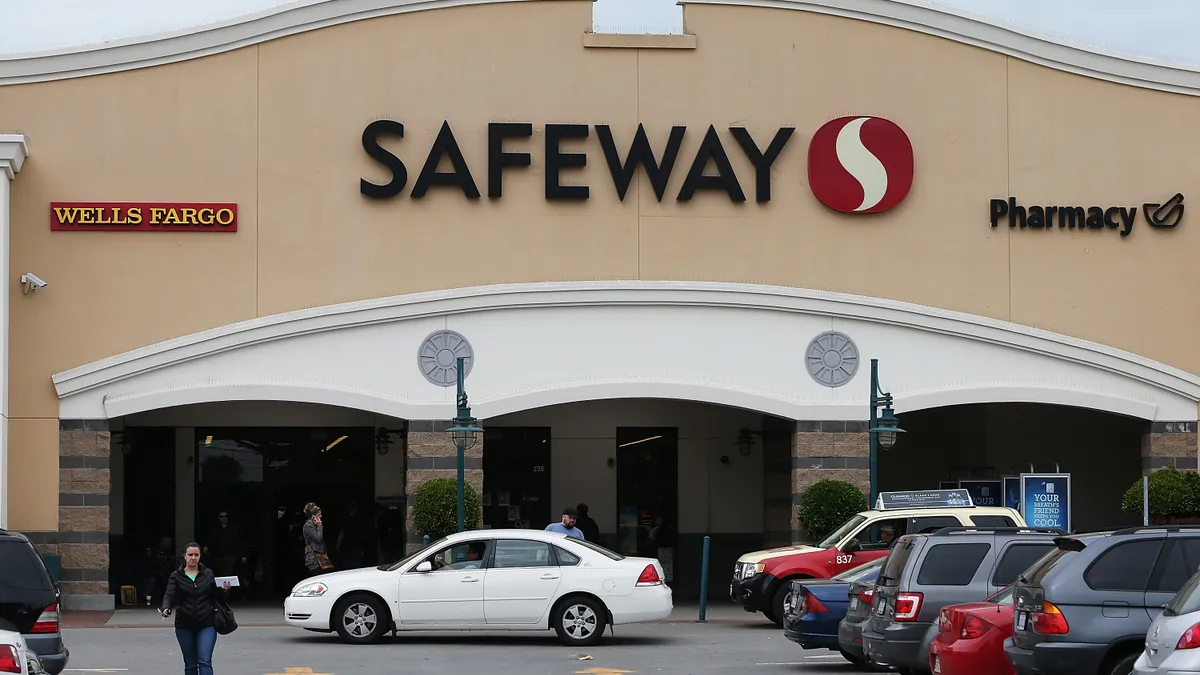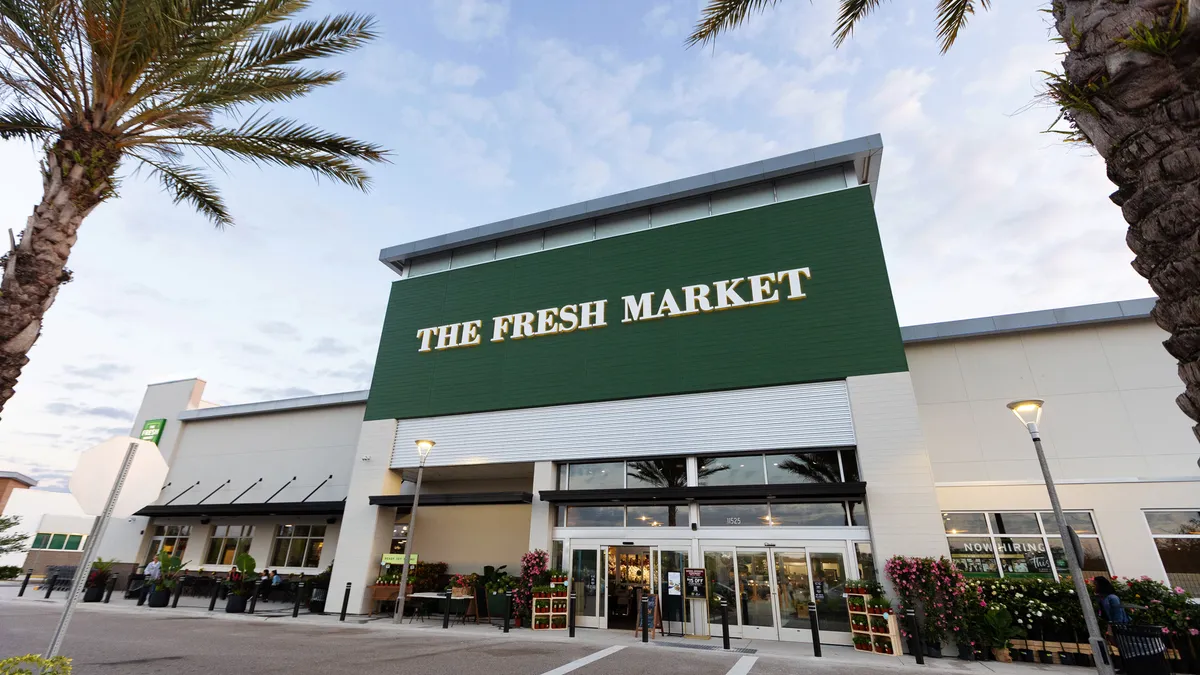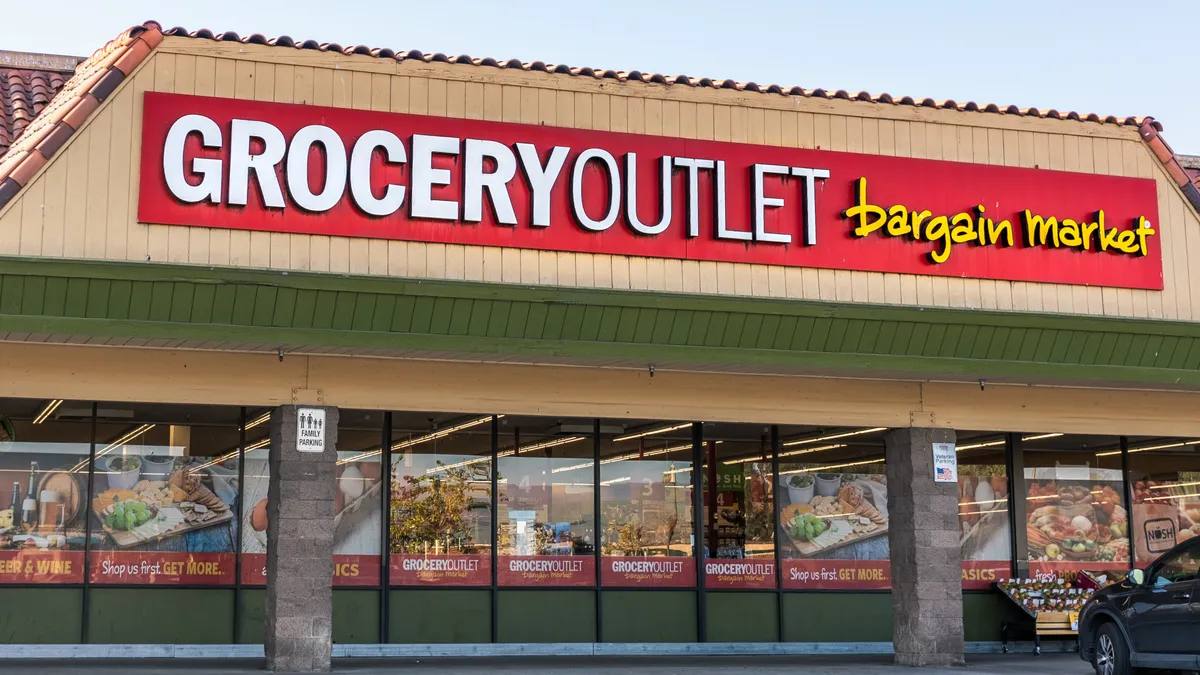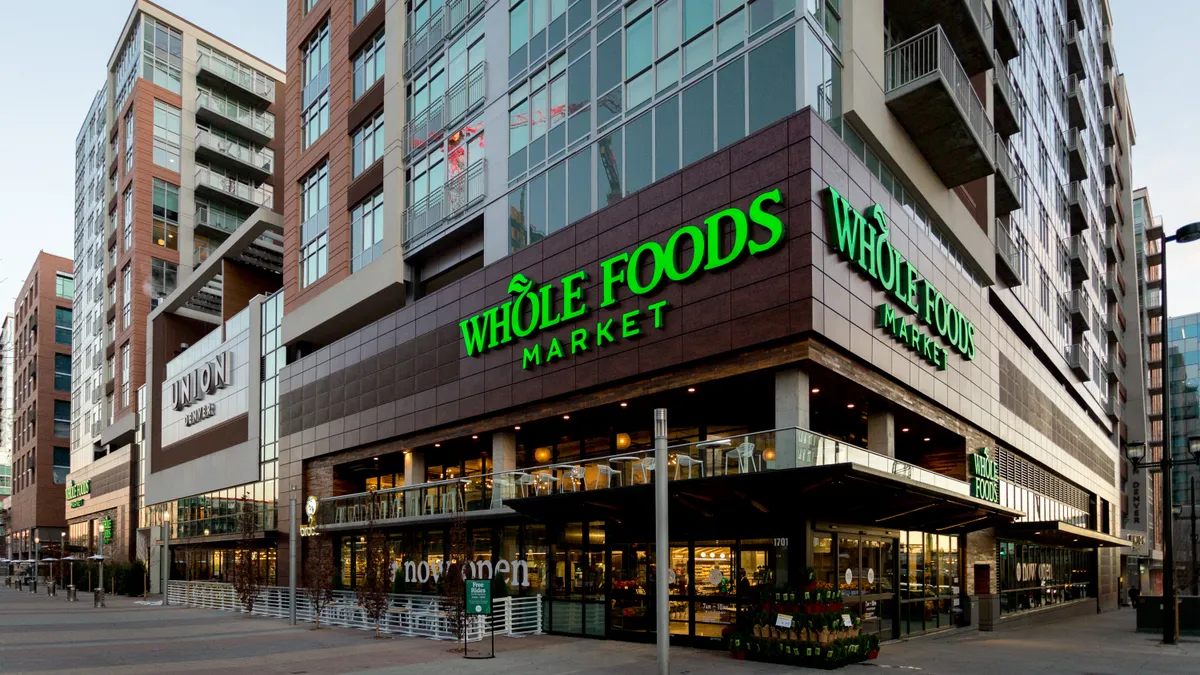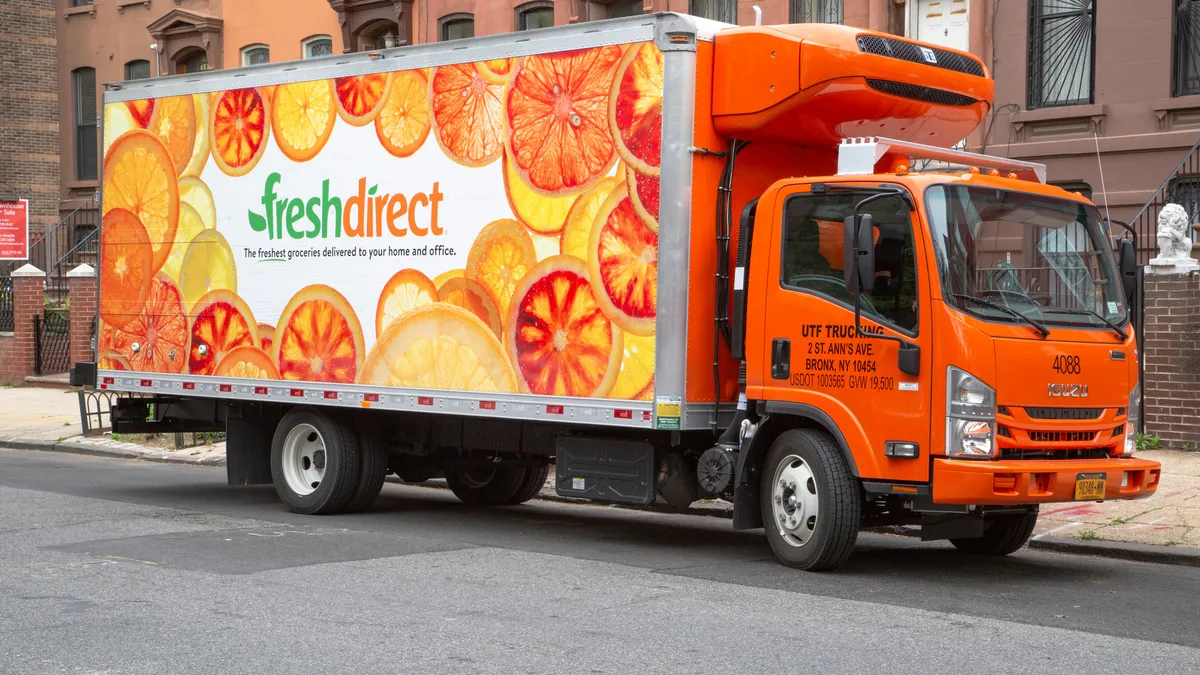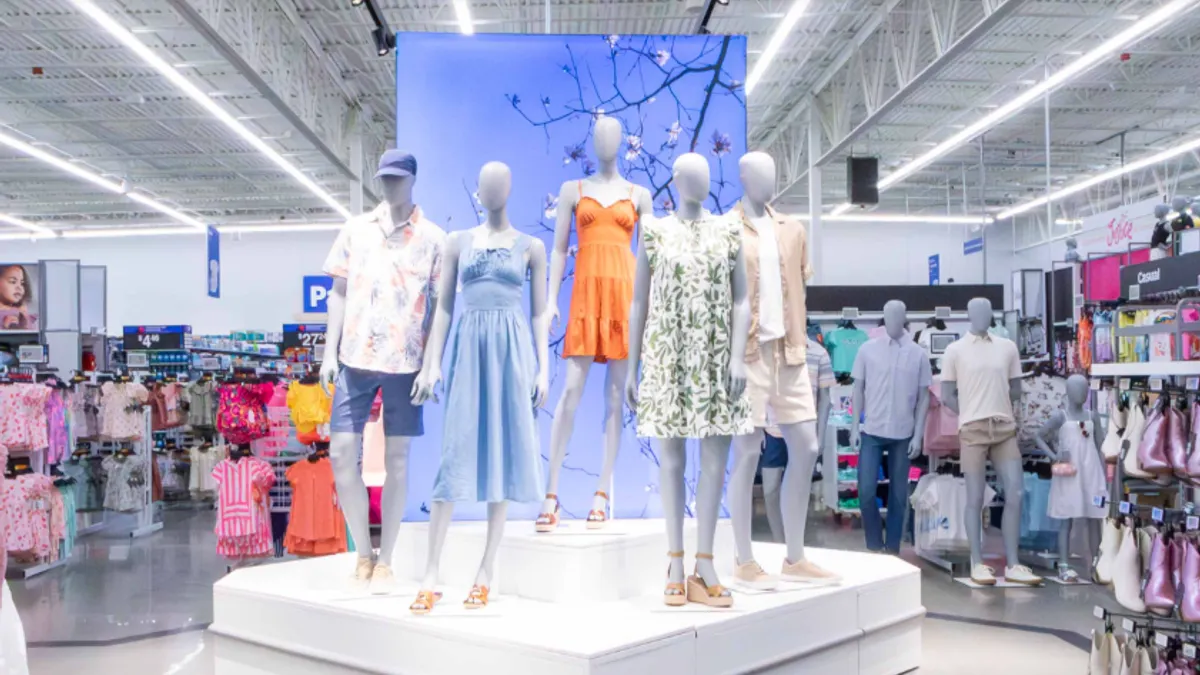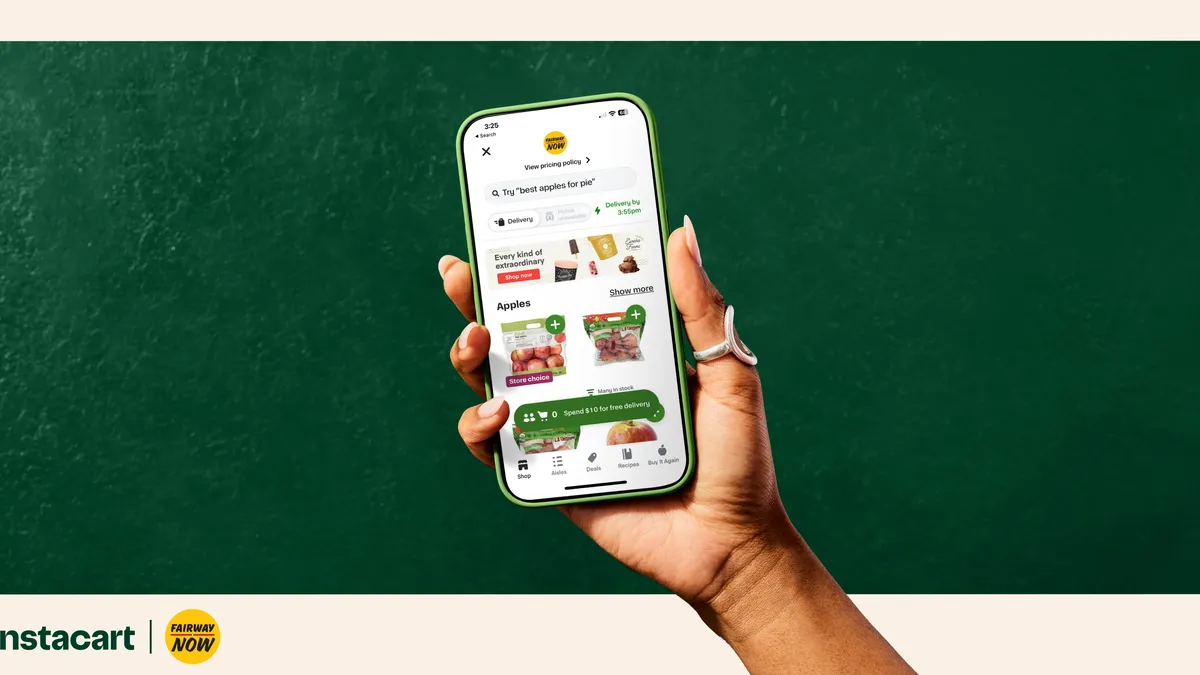The Friday Checkout is a weekly column providing more insight on the news, rounding up the announcements you may have missed and sharing what’s to come.
After once serving as choice spots for financial institutions to reach consumers, supermarkets are quickly falling out of favor as branch locations for the nation’s banks.
According to a report released in late October by S&P Global Market Intelligence, banks closed 10.7% of their branches located inside retail stores like supermarkets during the 12 months that ended June 30 — more than seven times the closure rate for all other types of branches.
Giant Food, which lost 88 PNC bank branches over the period, topped the list, according to S&P, which analyzed Federal Deposit Insurance Corp. data to develop its findings. Safeway was next, shedding 46 in-store branches run by U.S. Bancorp during the year, followed by Stop & Shop, which bid farewell to 39 Citizens Financial Group Inc. locations that had operated in its stores.
The statistics from the past several years represent a sharp change from the trend in the mid-1990s when banks were beating a path to supermarkets to save on construction costs — and grocers were happy to take in the lease income and increased foot traffic that stemmed from the partnerships. About 4,000 supermarkets played host to bank branches in late 1996, Supermarket News reported at the time.
S&P noted that the closure rate for in-store bank branches was lower over the year that ended in June than it was in 2022 and 2021, but still well above the 4.2% closure rate posted during the 12 months that ended on June 30, 2019.
Overall, banks closed 3,000 branches in 2022 but opened just 1,000, as financial institutions face stiff competition from online banks that make it unnecessary for people to visit brick-and-mortar branches to take care of transactions, Kiplinger reported in September.
While bank branches may be on the way out of stores, grocers are building their relationships with state motor vehicle agencies looking to provide convenient services to people.
In October, for example, the South Carolina Department of Motor Vehicles announced that it plans to install self-service kiosks in two Publix supermarkets and a Kroger Marketplace location in the state through an arrangement with Intellectual Technology Inc. The agency said it expected to bring the machines to additional sites down the road.
Earlier this year, North Carolina’s Division of Motor Vehicles also said it would place kiosks in grocery stores, Axios reported. Colorado’s Department of Motor Vehicles, meanwhile, added five kiosks to grocery stores in Denver, according to a March report by The Denver Gazette.
Like South Carolina, North Carolina and Colorado are working with Intellectual Technology, which also provides technology services to motor vehicle agencies in more than a dozen other states, to manage their in-store kiosk programs.
Motor vehicle departments have operated self-service terminals in supermarkets for years, but the latest announcements are clear evidence that even as banks move out, grocery stores remain key places for people to take care of life’s routines.

In case you missed it
Why Publix’s profits soared in Q3
The Florida-based grocery chain’s net income in the third quarter was more than double its level during the same period in 2022 — but the sharp increase was mostly due to the impact of investments in stocks, not grocery sales. The company said on Wednesday that it had net earnings of $833 million during the quarter, up 111.4% from $394 million during the third quarter of 2022.
With the impact of net unrealized losses on equities during 2022 and 2023 figured in, however, Publix’s net earnings only rose by 16.2%, the company reported.
Weight loss drugs don’t lead to smaller baskets, new research indicates
New research from Circana has found that taking a glucagon-like peptide-1 (GLP-1) medication like Ozempic does not necessarily lead consumers to build smaller baskets or make fewer grocery trips. These households are instead making “strategic shifts in their food and beverage choices, underscoring the need for continued monitoring to stay ahead of evolving consumer preferences,” the firm noted in a press release.
GLP-1 medications were originally developed to control glucose levels in people with Type 2 diabetes, but have since become popular as weight-loss drugs.
Circana’s release of the research comes a few weeks after Walmart US CEO John Furner told Bloomberg that shoppers who take diabetes medication Ozempic, weight loss drug Wegovy and other appetite-suppressing medications seem to be buying fewer grocery items from the retailer.
PCC to close its flagship downtown Seattle store
The grocery co-op chain said the location at 1320 4th Ave. is set to close on Jan. 31, 2024, due to poor sales.
“Despite an amazing team, fantastic store conditions, and a supportive landlord, our Downtown store has unfortunately remained unprofitable, and we do not see that changing for the foreseeable future,” PCC CEO Krish Srinivasan said in a letter to members of the co-op.
The chain said the store’s underperformance is largely due to the smaller number of office workers and residential grocery shoppers in the city center following the pandemic. The company said it will prioritize placing staff at the impacted location, which opened in January 2022, in other roles at other stores.
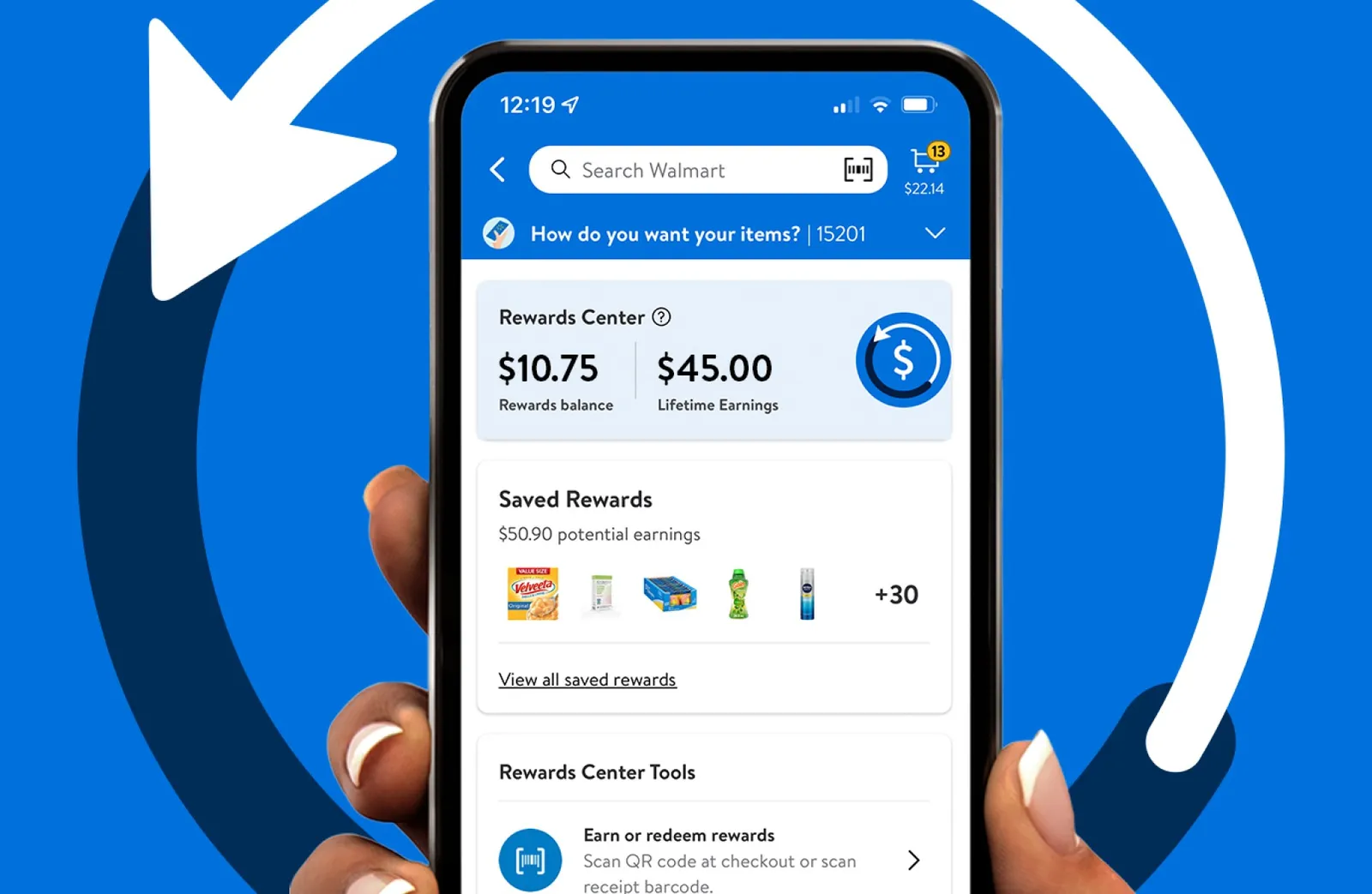
Number of the week: 52%
That’s the percentage of surveyed shoppers in Dunnhumby’s latest Consumer Trends Tracker who said they share their information with grocers to redeem rewards. The figure represents an increase of 4 percentage points from the research firm’s report last year.
What’s ahead
Earnings galore!
Grocery Outlet is scheduled to report its third-quarter results at the end of day on Tuesday.
Instacart is making its earnings call debut on Wednesday, giving a fresh snapshot of the company’s financial standing since it went public in September. Ahold Delhaize and SpartanNash are also set to release their Q3 results that day.
Impulse find
H-E-B gets slammed for Despicable Me-themed cake
In a reminder that bakery fails can now reach a wide audience, a TikTok user had some harsh words over the appearance of a Minion cake from the Texas grocer for the user’s son’s birthday.
“This is the ugliest (vulgarity) thing I’ve ever seen,” the person said in a TikTok posted earlier this week that has so far garnered over 2 million views.
While the user said the cake, which features giant eyes on the side atop ombre yellow, green and blue icing, is “totally fixable,” the design is not what the customer claimed to have described when placing the order.
@babygirls0s0 HEB explain yourself ! #failedcake #fail #HEB #fyp ♬ original sound - bbygir1soso


